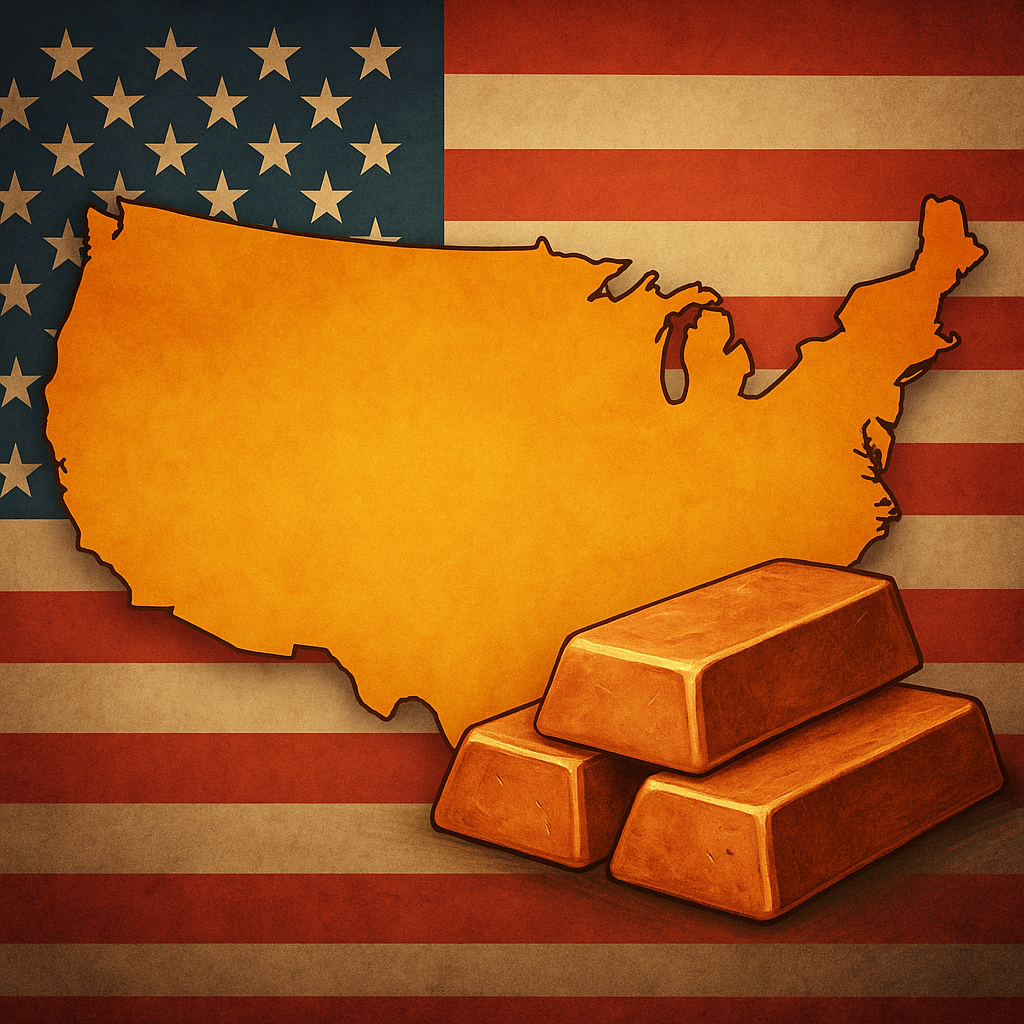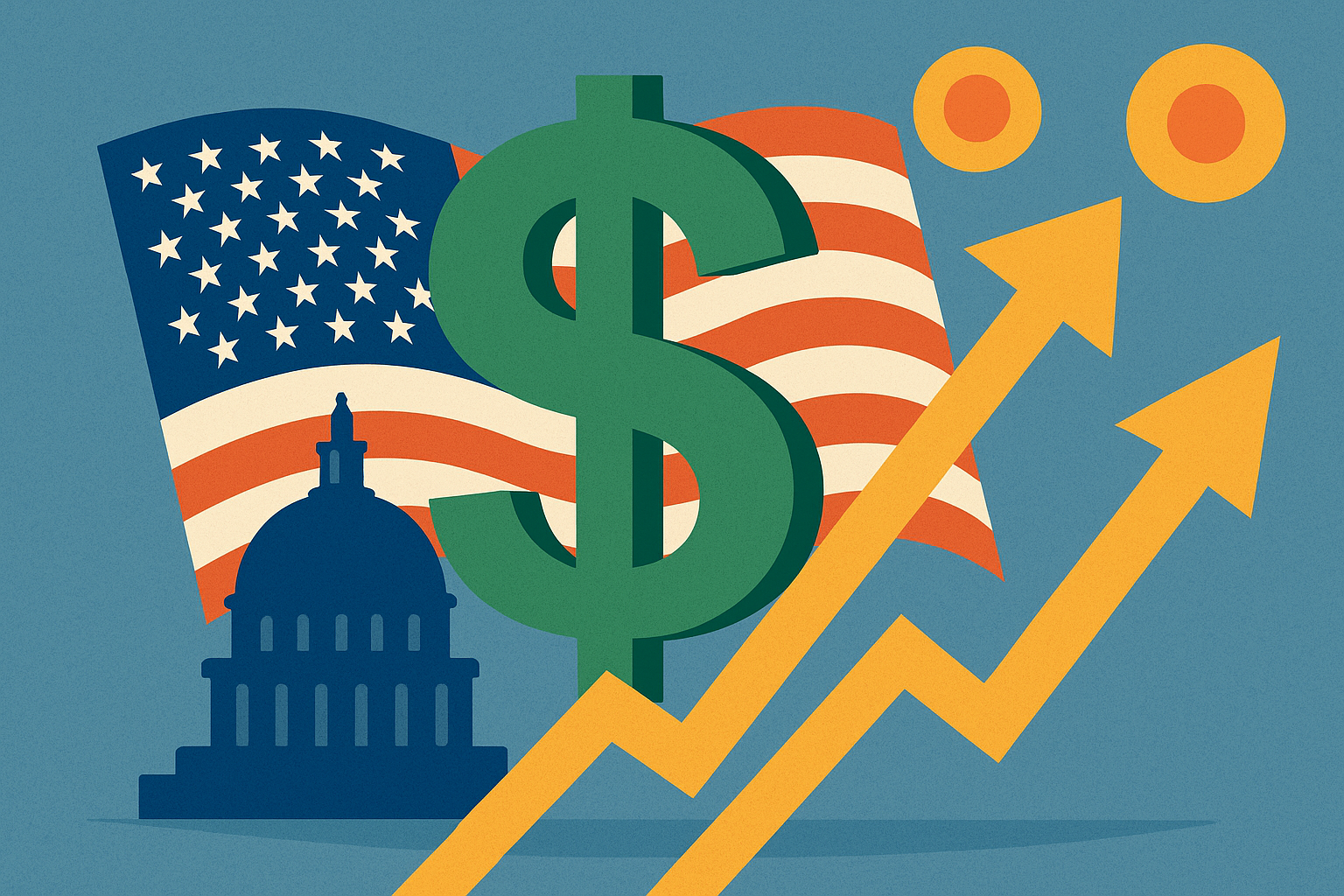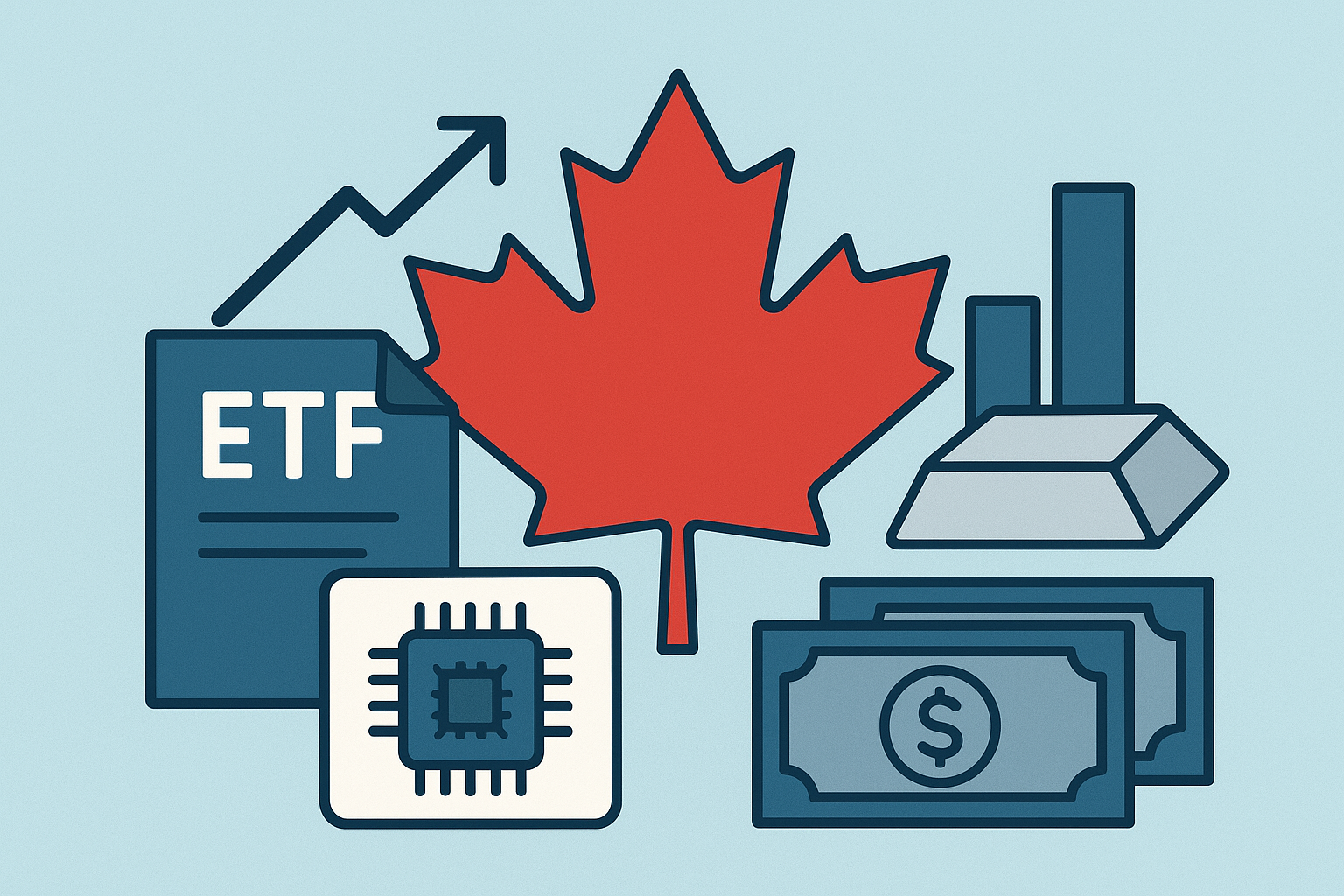Copper markets were sent into a tailspin on August 1 after the Trump administration abruptly reversed course on its planned 50% import tariff on copper. In a last-minute revision to the much-anticipated policy, the White House announced that raw copper inputs—such as ore, concentrates, and cathodes—would be exempt, while refined and semi-finished copper goods remain subject to elevated tariffs.
The result: COMEX copper futures plunged more than 22%, marking one of the largest single-day drops in the market’s history. The U-turn has not only jolted pricing and trading patterns but also forced several major players—both domestic and international—to reconsider investment and expansion plans in the U.S. copper sector.
Strategic Confusion or Calculated Pivot?
Originally intended to boost domestic copper production and reduce U.S. reliance on foreign processing, the tariff announcement had initially triggered a rally in domestic miner stocks and copper prices in July. But the eleventh-hour carve-out, aimed at protecting industrial input costs for U.S. manufacturers, has upended that narrative.
According to Reuters, insiders within Grupo Mexico—a major global copper producer—revealed that its U.S. subsidiary Asarco is now reevaluating capital allocations, with expansion at its Arizona and Texas operations potentially delayed or scaled back. “This flip-flop creates uncertainty that’s toxic for long-term mine planning,” one executive told The Times on condition of anonymity.
The revised tariff structure does, however, offer a relative advantage to U.S.-based producers and refiners, especially those positioned closer to the downstream market. Firms like Freeport-McMoRan, which controls the vast Morenci and Bagdad copper mines in Arizona, could benefit from tighter domestic supply dynamics—provided demand remains resilient.
Why This Matters for Investors
Copper is often viewed as the “economic barometer” of global industrial activity, and shifts in its pricing and trade policies can ripple across multiple sectors, including infrastructure, renewable energy, and manufacturing.
The sudden collapse in futures pricing has already triggered automated selloffs, margin calls, and speculative pullbacks. Meanwhile, London Metal Exchange (LME) copper prices remain relatively stable, opening up an unusual arbitrage window between U.S. and global benchmarks.
Investors should also be aware of potential secondary impacts. ETF inflows into copper-linked products, such as the Global X Copper Miners ETF (COPX) and iPath Series B Bloomberg Copper Subindex (JJC), may see volatility as investors recalibrate positions. Additionally, companies with exposure to refined copper exports—especially in Canada and Chile—may face pricing pressure or export redirection due to evolving trade logistics.
Future Trends to Watch
1. Inventory Flows & Arbitrage:
Watch inventory levels at COMEX warehouses and potential arbitrage plays between U.S. and LME markets. Traders may exploit short-term mispricings, especially if export/import routes adapt to the new policy framework.
2. Infrastructure-Driven Demand:
Despite price turbulence, long-term copper demand fundamentals remain strong—driven by U.S. infrastructure investment, EV growth, and electrification trends. This policy could further fragment global supply chains, leading to premiums on locally refined copper.
3. Capital Allocation Shifts:
Companies like Ivanhoe Electric, Hudbay Minerals, and even junior miners exploring copper assets in Arizona and Nevada may adjust timelines or funding strategies. Investors should monitor project updates closely.
Key Investment Insight
While the market’s initial optimism around copper tariffs has turned into whiplash, the underlying demand for copper remains structurally bullish. The current volatility may offer entry points into well-capitalized U.S. producers with low production costs and strong downstream integration.
But caution is warranted:
- Policy inconsistency remains a key risk.
- Emerging juniors and exporters may suffer most.
- Large-cap U.S. players with flexibility in refining and vertical integration are better insulated.
Now is a critical time for investors to rebalance their copper exposure—not just by geography, but also by value chain positioning.
For daily insights into commodity markets, trade policy, and emerging investment themes, stay connected with MoneyNews.Today—your source for trusted financial intelligence that cuts through the noise.





